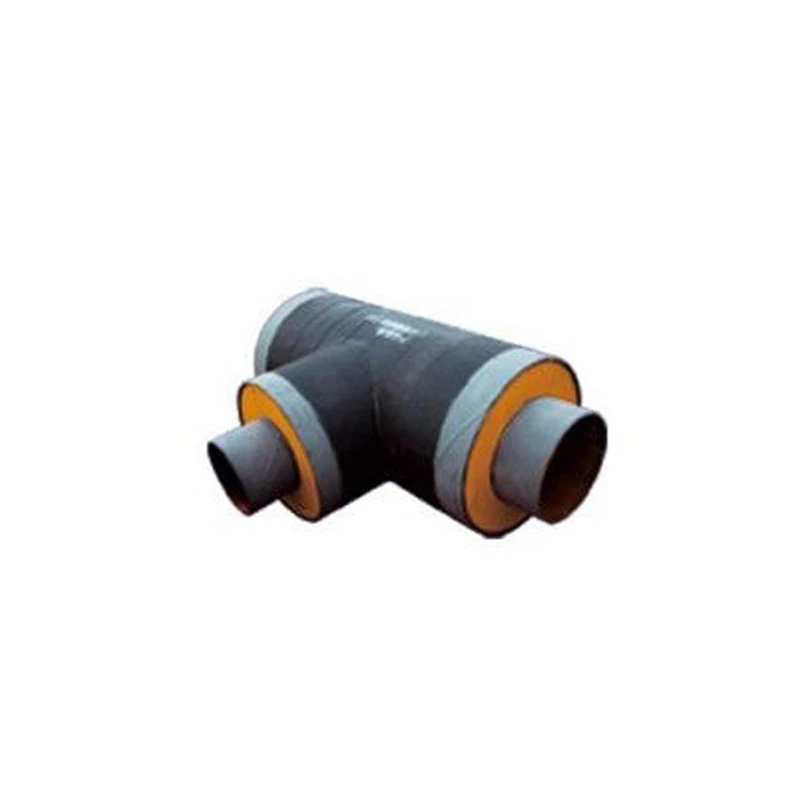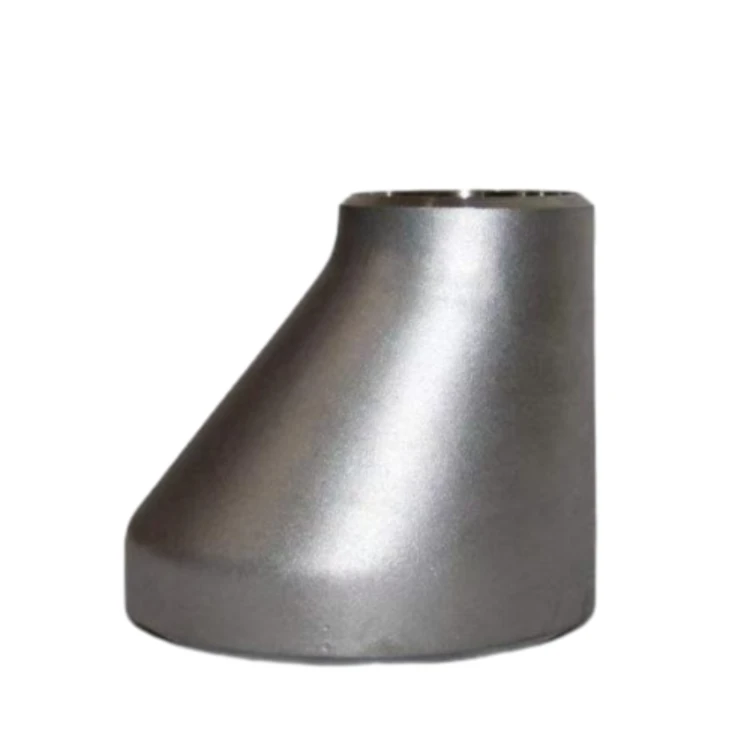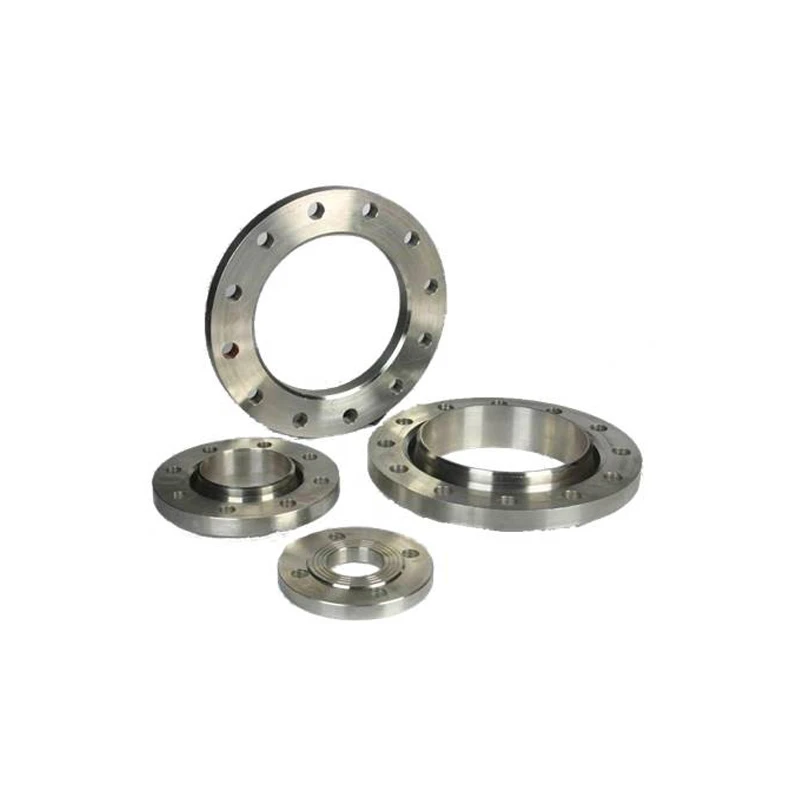Understanding Tubo en T Fittings
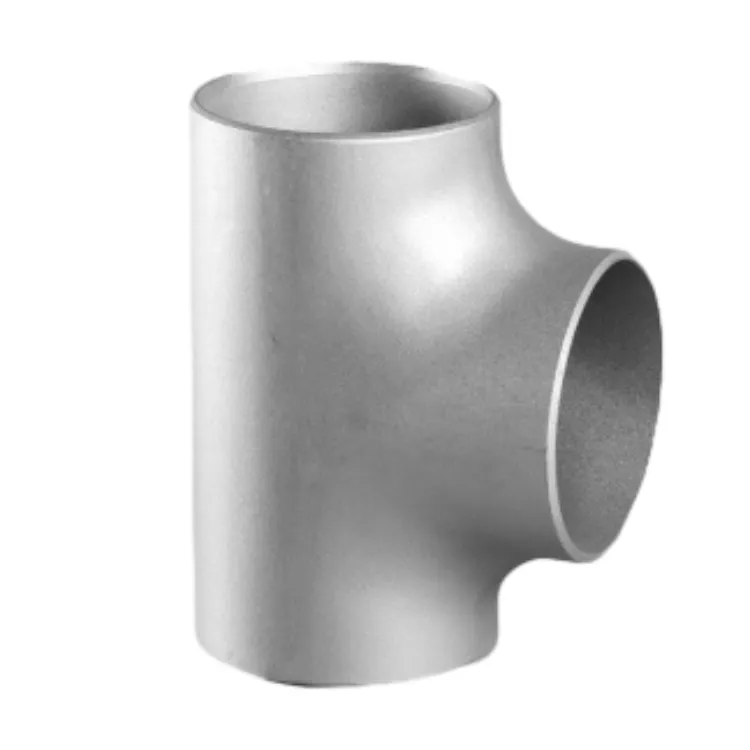
Tubo en T products are essential pipe fittings used to connect three sections of piping, forming a "T" shape. Available in various materials like carbon steel, stainless steel, and alloy steel, they are designed for systems requiring the diversion or junction of fluid flow. As industry standards evolved, these crucial components have undergone significant technological improvements.
The global pipe fitting market is projected to reach $136.8 billion by 2028 (ASME Market Research 2023), with Tubo en T fittings representing approximately 23% of all directional fittings used. At Cangzhou Lion Technology, we've specialized in manufacturing precision-engineered Tubo en T solutions for over 15 years, adhering to strict ASME B16.9 and B16.11 standards.
Industry Trends in Tubo en T Technology
Recent developments in piping systems have significantly impacted Tubo en T design and manufacturing processes:
- Increased demand for corrosion-resistant materials like duplex stainless steel
- Adoption of computational fluid dynamics for pressure optimization
- Implementation of automated inspection systems using X-ray technology
- Growth in customized Tubo en T solutions for specialized applications
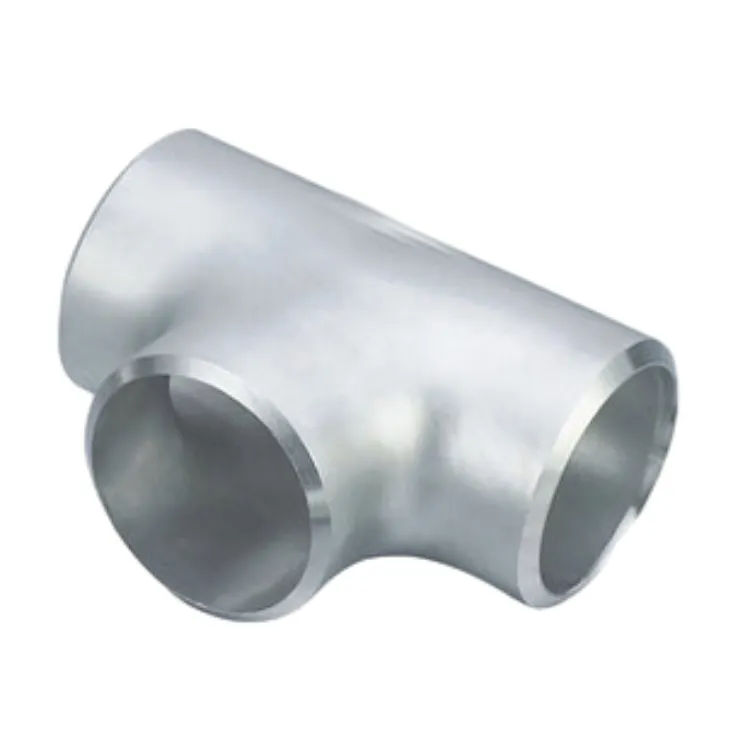
"The transition to high-performance alloys in pipeline junctions represents the most significant material innovation since the adoption of galvanized steel in the 1980s," notes Dr. Richard Kohler in his Materials Innovation Report 2023. This shift is particularly relevant for Tubo en T fittings in high-pressure applications.
Tubo en T Technical Specifications
Tubo en T Application Scenarios
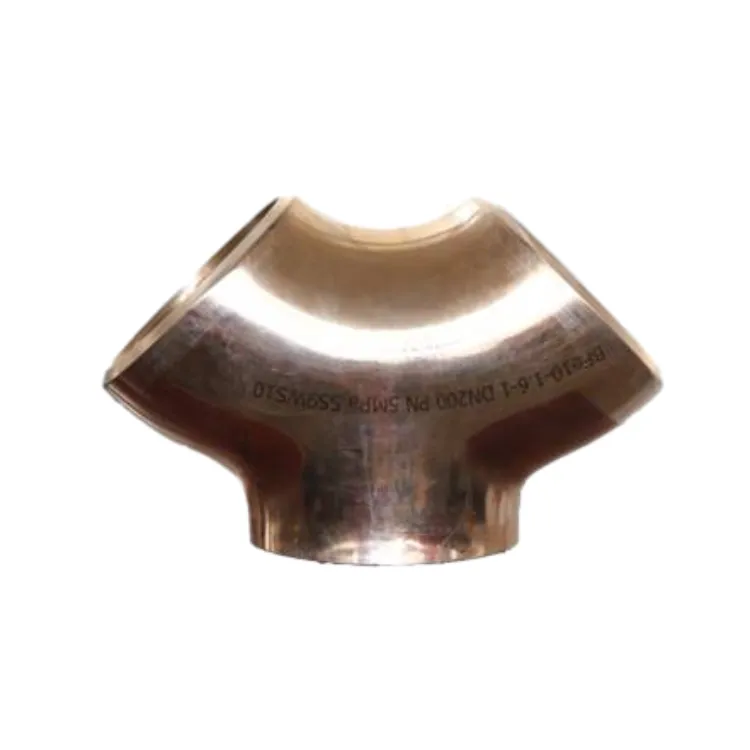
Oil & Gas Pipelines
High-pressure Tubo en T fittings used at pumping stations and junction points
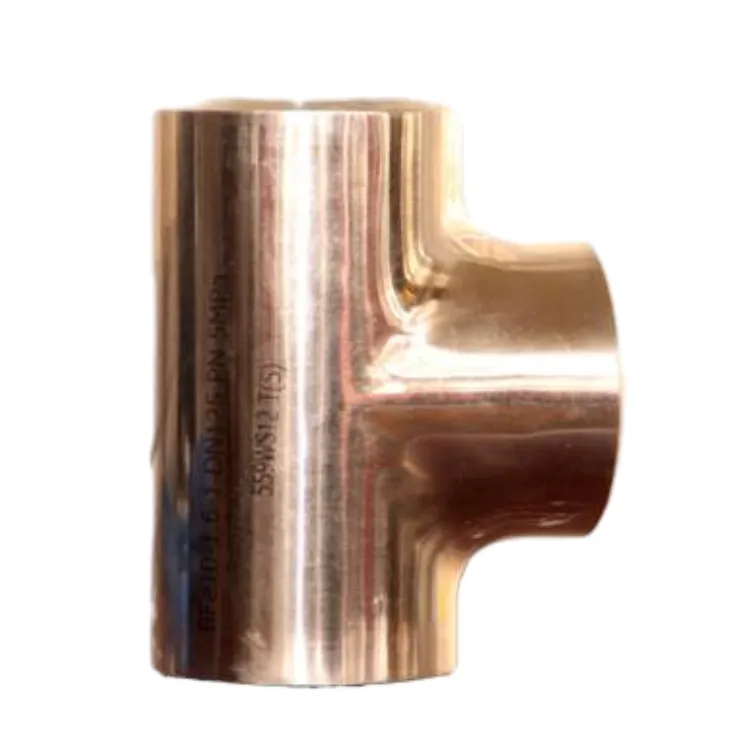
Chemical Processing
Corrosion-resistant tees for acid and solvent transfer systems
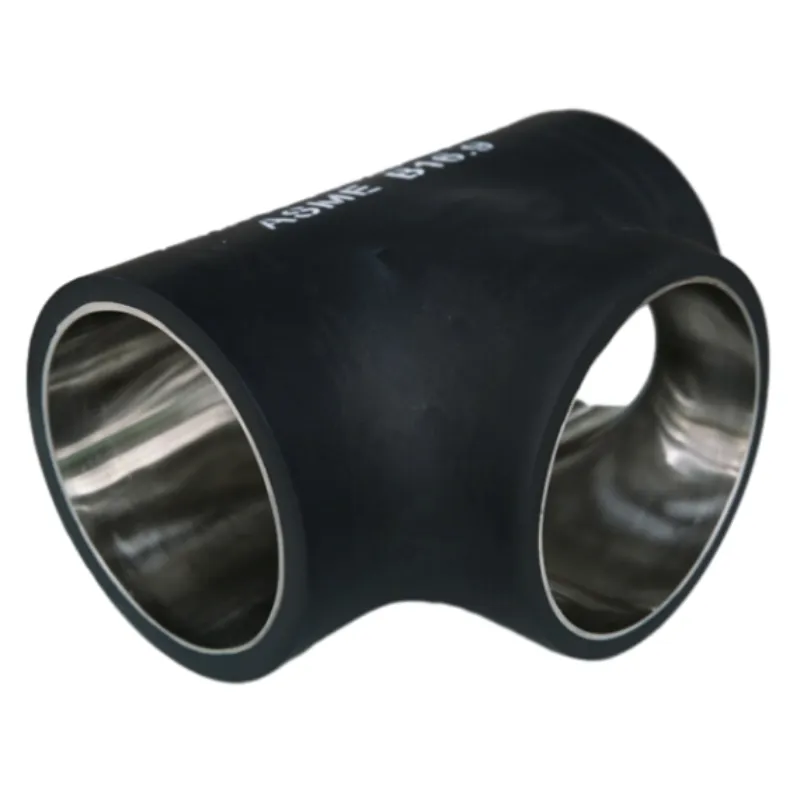
HVAC Systems
Thermally efficient fittings for building climate control networks
Innovative Implementation: Offshore Platform Project
Cangzhou Lion Technology provided specialized duplex stainless steel Tubo en T components for the Northstar Offshore Platform, designed to withstand:
- Saltwater corrosion (ASTM G48 testing certified)
- Operating pressures exceeding 2,750 PSI
- Water temperatures from -40°F to 210°F
Read the full case study in Maritime Engineering Journal
Tubo en T Technical Expertise FAQ
Q1: What factors determine Tubo en T wall thickness requirements?
Wall thickness is calculated based on:
- Internal pressure requirements (ASME B31.3 formula)
- Material tensile strength
- Temperature conditions
- Corrosion allowance (typically 0.125" additional)
- Mechanical stress factors
Q2: How do butt-weld and socket-weld Tubo en T fittings differ?
Butt-weld fittings join pipe ends directly for higher integrity in critical systems. Socket-weld fittings insert pipe into recessed areas, preferred for smaller diameters below 4". ASME B31.1 requires socket welds for pipe sizes ≤2" in power piping applications.
Q3: What inspection methods verify Tubo en T quality?
Cangzhou Lion Technology employs:
- Liquid penetrant testing (ASTM E165)
- Radiographic examination (ASTM E94/E1032)
- Hydrostatic testing at 150% operating pressure
- Material spectroscopy verification
Q4: When should equal vs. reducing tees be specified?
Equal tees maintain consistent branch/main diameters. Reducing tees feature different branch diameter for flow control applications. Fluid dynamics simulations (CFD) determine optimal configuration for pressure distribution.
Q5: How does cold forming affect Tubo en T material properties?
Cold forming increases yield strength while reducing ductility. We apply post-forming heat treatment at 1150°F (621°C) for carbon steel tees to restore material properties per ASME Section VIII requirements.
Q6: What coating options enhance Tubo en T longevity?
Options include:
- Hot-dip galvanizing (ASTM A153)
- Epoxy fusion-bonded coatings
- Electropolishing (stainless steel)
- PTFE lining for chemical resistance
Q7: What dimensional tolerances apply to ASME B16.9 tees?
Standard permits:
- Out-of-roundness: ±1% of nominal diameter
- Wall thickness: +12.5%/-10% nominal
- End preparation: ±1/32" for bevel angle (37.5°±2.5°)
- Center-to-end: ±1/16" for NPS ≤24
Future Developments in Tubo en T Technology
Innovations currently in development include:
- 3D-printed inconel tees for extreme temperature applications
- Smart fittings with embedded pressure/temperature sensors
- Nanocomposite materials with self-healing properties
- Friction stir welding techniques for dissimilar metal tees
As Petroleum Engineer Quarterly reports, "The evolution of pipeline junction technology represents critical infrastructure advancement worth $3.2 billion annually." Continuous innovation ensures Tubo en T components meet increasingly demanding operational requirements.
For your specialized piping requirements, consult with Cangzhou Lion Technology - industry leaders in precision-engineered solutions since 2005.
Contact our engineering team:
+8619931775189 | sales@laiaokeji.com
Explore our Tubo en T product range

